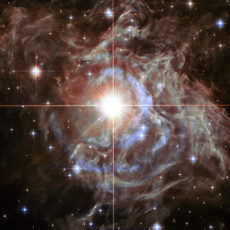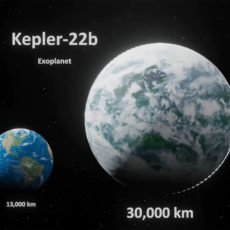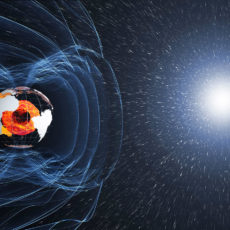
Astronomers have discovered a sun-like star engulfing its planet, for the first time, and it took place around 12,000 light-years from Earth near the Aquila constellation. An outburst from a star that became more than 100 times brighter over just 10 days caught their attention, before quickly fading away.
Scientists deduced that the combination of a white-hot flash, followed by a colder, longer-lasting signal, could only have been produced by a star engulfing a nearby planet. The planet was most likely a hot, Jupiter-sized celestial body that spiraled close before being pulled into the dying star’s atmosphere, and, finally, into its core. A similar fate will befall Earth in around 5 billion years, when the sun should burn out, along with the solar system’s inner planets.
- ADVANCED TECH MEETS ICONIC DESIGN: The NexStar 6SE pairs Celestron’s legendary orange tube with a fully computerized GoTo system—ideal for those...
- 6-INCH SCHMIDT-CASSEGRAIN OPTICS: The large 6" aperture gathers enough light to reveal fine lunar details, cloud bands on Jupiter, and deep-sky...
- FULLY AUTOMATED GoTo MOUNT WITH NEXSTAR+ HAND CONTROL: Use the NexStar+ hand control to select from a 40,000+ object database. The computerized mount...

We are seeing the future of the Earth. If some other civilization was observing us from 10,000 light-years away while the sun was engulfing the Earth, they would see the sun suddenly brighten as it ejects some material, then form dust around it, before settling back to what it was,” said Kishalay De, a postdoc in MIT’s Kavli Institute for Astrophysics and Space Research.








